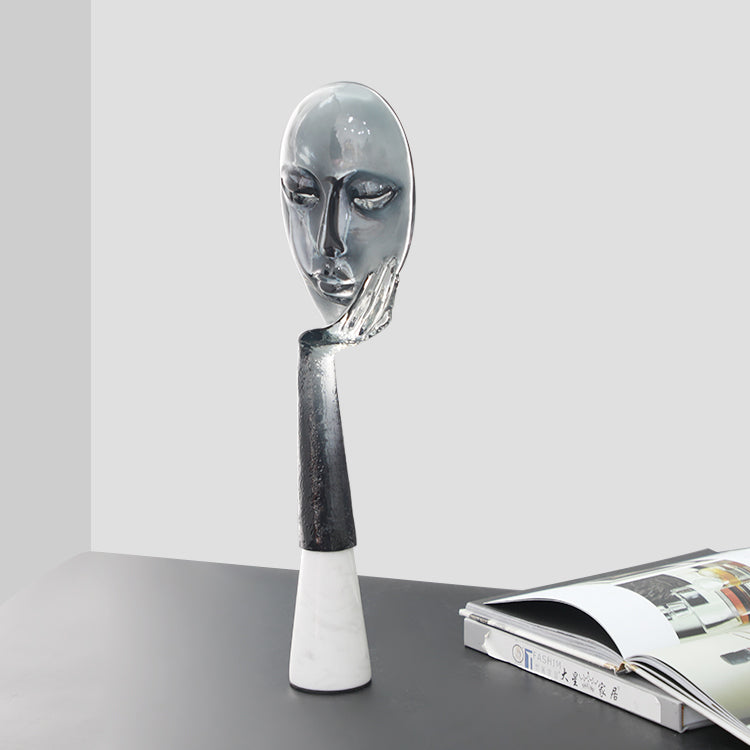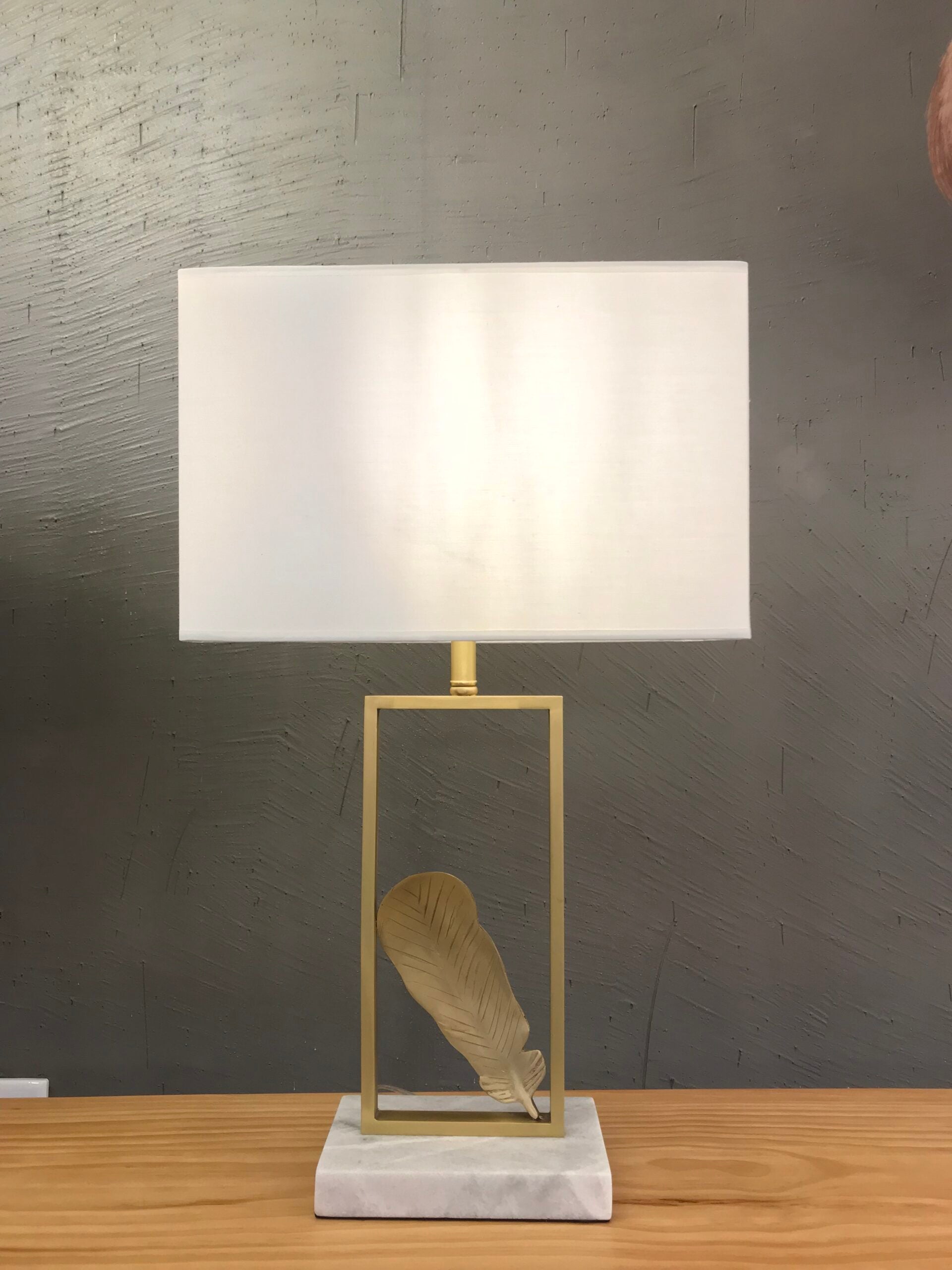Light Up Your Life: The Importance of Lighting in Interior Design
Lighting is an essential element of interior design that can enhance the aesthetic appeal, mood, and functionality of a space. It can create different atmospheres, highlight features, and improve visibility for various tasks. However, lighting is not just about choosing the right fixtures and bulbs. It requires careful planning and understanding of the science behind lighting and its impact on human perception and behavior.
According to experts, there are three main types of lighting in interior design: ambient, task, and accent lighting. 12. Ambient lighting provides general illumination for a room, creating a comfortable and inviting environment. Task lighting is focused on specific areas or activities, such as reading, working, or cooking. Accent lighting is used to draw attention to objects, artworks, or architectural elements, adding drama and interest to a space.
The color temperature of light can also affect the mood and ambiance of a room. Warm white light (2700K–3000K) is soothing and relaxing, while cool white light (4000K–5000K) is energizing and stimulating. Daylight (5000K–6500K) is natural and bright, improving mood and productivity.
To achieve the best lighting for your home, you need to consider the purpose, style, and layout of each room, as well as the natural light sources and the time of day. You also need to choose the right light fixtures, bulbs, and controls that suit your needs and preferences. You can use a combination of ceiling fixtures, wall sconces, floor lamps, table lamps, recessed lights, track lights, pendant lights, and chandeliers to create layers of light and contrast in your space.
Lighting is a powerful tool that can transform your home and enhance your interior design. By following some basic principles and tips, you can create a well-lit and beautiful space that reflects your personality and style.




